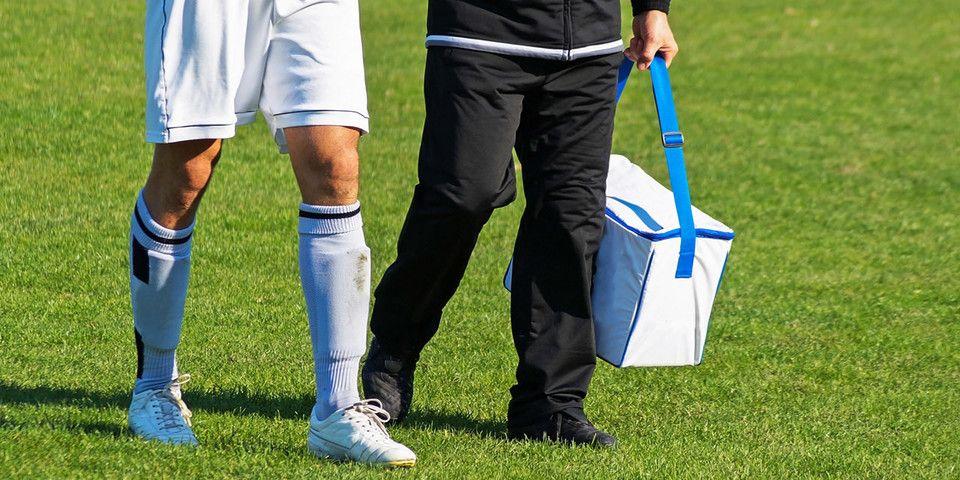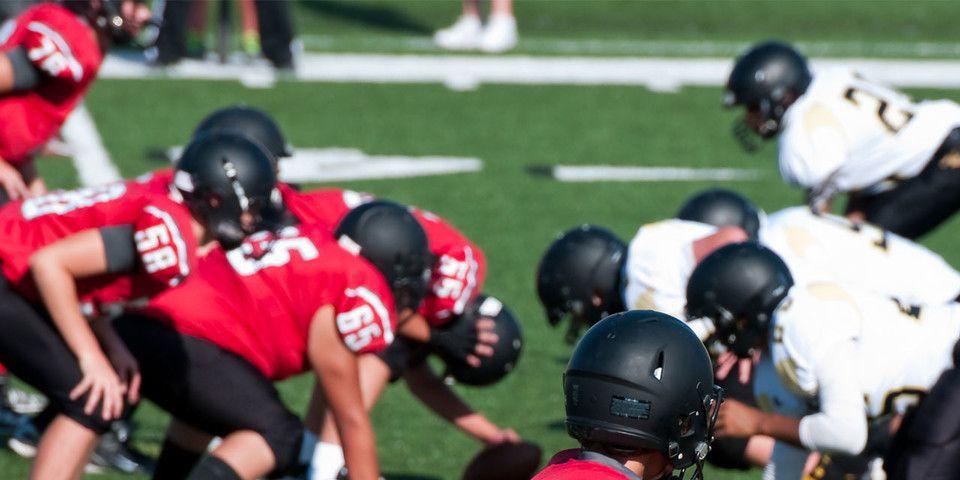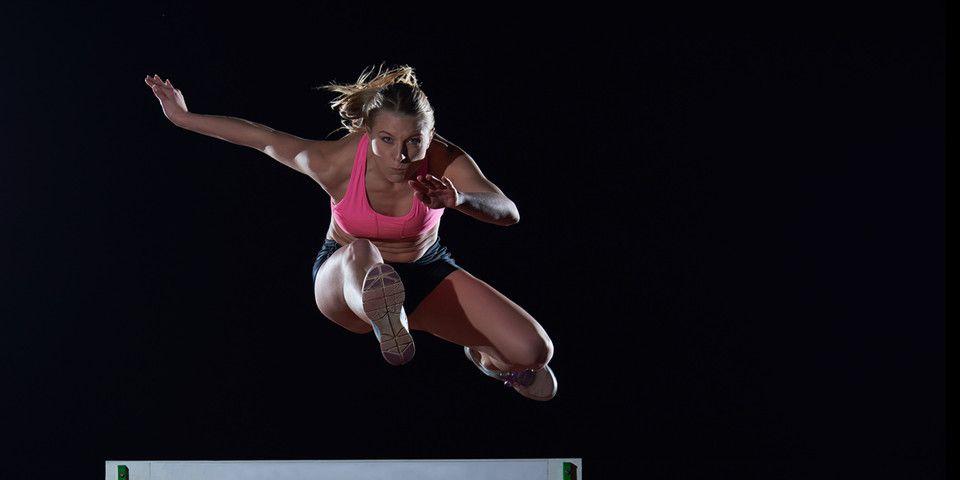Prevent calf muscle strain during training this spring with the help of Rothman Orthopaedic Institute.
The calf muscle is one of the most critical yet neglected areas of an athlete’s body. As a result, a wide range of conditions anywhere from mild stretching and pain to a torn muscle can emerge and inhibit performance, particularly at the beginning of a new training season. If you or someone you love is beginning a new training or exercise regimen this spring, you may be at risk for calf muscle strain. Read on for an overview of the most commonly asked questions about this condition, with answers from the expert sports injury team at Rothman Orthopaedic Institute.
What Is A Calf Muscle Strain?
The calf muscle, on the back of the lower leg, is actually comprised of two muscles: the gastrocnemius (a larger muscle, forming the visible shape beneath the skin) and the soleus (a smaller, flat muscle underneath the gastrocnemius). These two muscles come together at their base where they are connected to the Achilles tendon.
A calf muscle strain - sometimes also called a pulled calf or pulled muscle - refers to injury or tears in either part of the calf as the result of forcible stretching beyond the tissues’ limits. A tear in any muscle, including the calf, is categorized as a strain and will be classified as a first, second or third-degree strain, depending on its severity:
-
A first-degree strain involves damage only to a few muscle fibers.
-
A second-degree strain means damage to a more extensive group of muscle fibers.
-
A third-degree strain refers to a complete rupture of the muscle itself.
What Are The Symptoms?
A first-degree calf muscle strain may not present any symptoms until after activity has ceased. At that point, the athlete may feel only a sensation of cramping or tightness and mild pain when the muscles are stretched or contracted.
With a second-degree strain, the athlete will experience immediate pain at a more severe level than the pain of a grade one strain. This level of strain is often sore to the touch, as well as emitting flares of pain on stretch and contraction of the muscle.
Third-degree calf muscle strains are very serious. They bring an immediate burning or stabbing pain, and the athlete may be unable to walk without pain, if at all. In this injury, the muscle has been completely torn and may exhibit a depression with a large lump of muscle above it. Both grade two and three injuries typically develop significant bruising below the injury site due to bleeding within the tissues.
How Is A Calf Muscle Strain Treated?
Treatment for this condition typically mirrors that of any muscle strain injury, including:
-
The R.I.C.E. method: This stands for Rest, Ice, Compression, and Elevation. The calf should be rested in an elevated position with ice applied (but not directly to the skin) for twenty minutes every two hours, if practical. The addition of a compression bandage may help to limit bleeding and swelling in the tissues.
-
Medications: Anti-inflammatory medications either over the counter or as prescribed by a doctor can be effective in relieving pain. Topical anti-inflammatory gels may aid or speed this effect.
-
Physical therapy: Once your physician is comfortable with your progression of healing, physical therapy may be recommended to rebuild the muscle’s strength and begin to rehabilitate it for return to sports activity.
Resting is is a treatment often ignored by athletes. This can not only inhibit the muscle’s ability to heal, but it can also increase the severity of the strain and its rating. To prevent this, grade one calf strains should be rested from activity for about 3 weeks, grade two for 4-6 weeks. Athletes should not return to play until cleared by their physicians.
Are There Calf Strain Exercises Or Other Preventive Measures?
Yes! The following measures may help reduce your chances of sustaining a calf muscle strain injury:
-
Warm up for at least 20 minutes prior to matches and training to improve extension and flexibility.
-
Don’t skip the cool-down stretches! This recovery period helps muscles distribute and eliminate waste products.
-
Incorporate strength training into your routine. Muscle strength allows a player to perform with control, decreasing the poor form which can lead to injury.
-
Eat for energy and muscle health. When the body is short on healthy fuel, fatigue can set and predispose a player to injury.
The main goal of treatment for calf muscle strain is to minimize pain and improve functionality, especially for athletes anxious to return to participation. If you have any questions or if you are experiencing calf pain, your first step should be to consult your physician right away. For more specialized treatment, visit us here or contact us at 1-800-321-9999.
Related Specialties
Related Services
Related Programs
-

Athletic Training- Sport Medicine Outreach
Our Field Athletic Trainers provide direct sports medicine care to youth, high school, college and professional athletes. Rothman AT’s provide athletic training services throughout Southeastern PA and NJ to interscholastic high schools, colleges, as well as tournaments and special events.Read More -

Injury Prevention Program
The Injury Prevention Program at the Rothman Orthopaedic Institute is dedicated to the prevention of injuries from athletic participation, particularly youth sports.Read More -

Women’s Sports Medicine Program
The Women’s Sports Medicine Program at the Rothman Orthopaedic Institute is the first of its kind in the Philadelphia metro area and one of only several such programs specializing in the comprehensive care of the female athlete in the country.Read More





